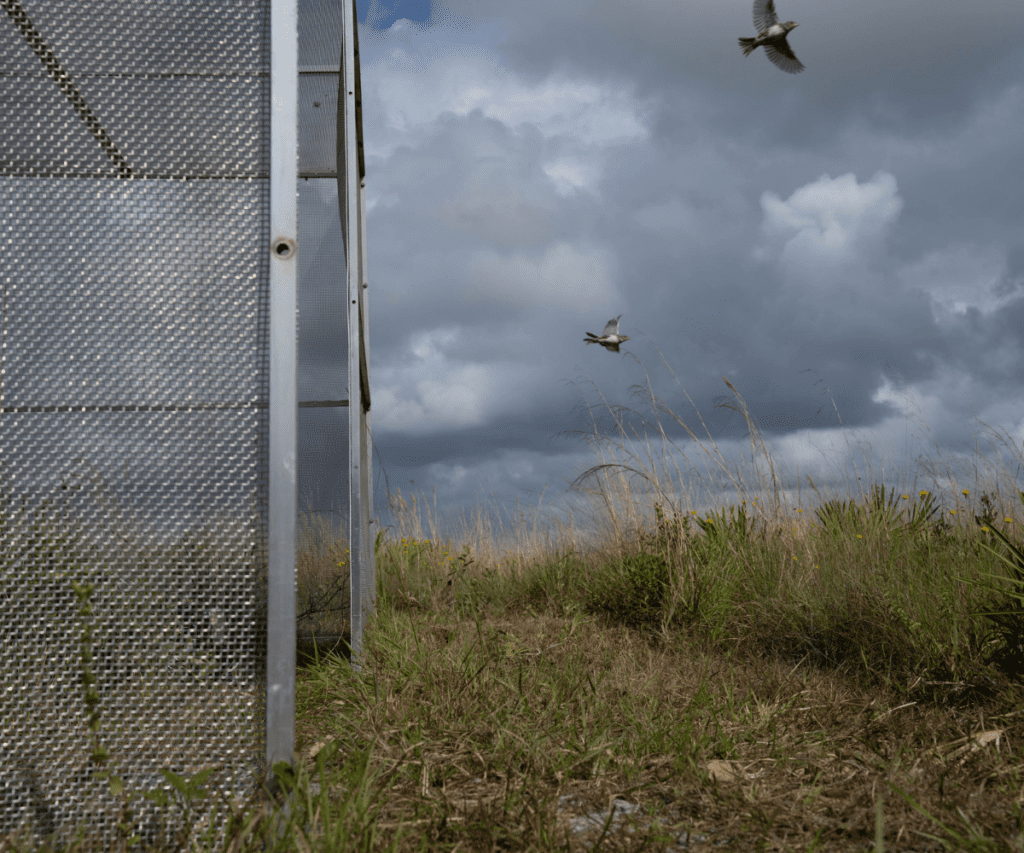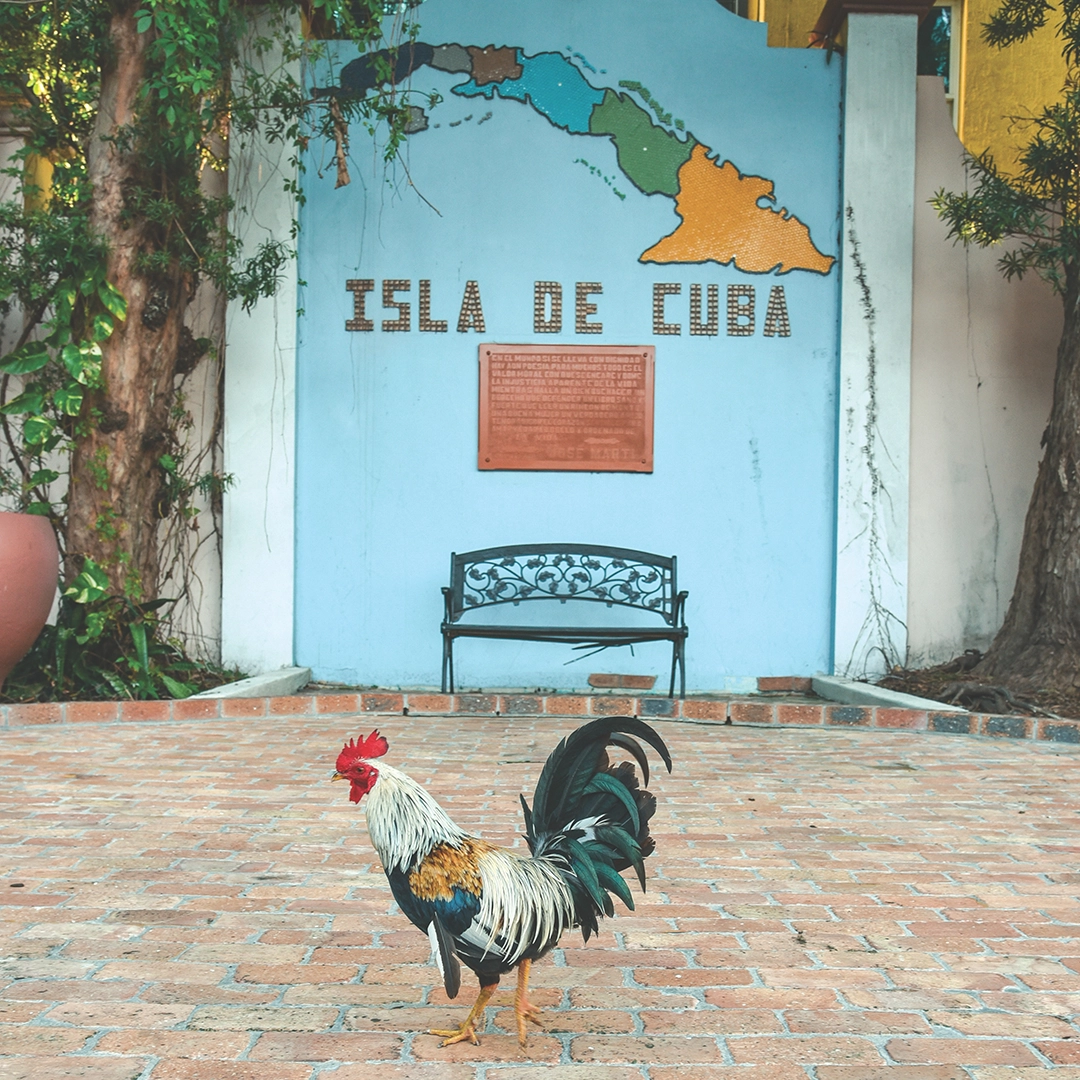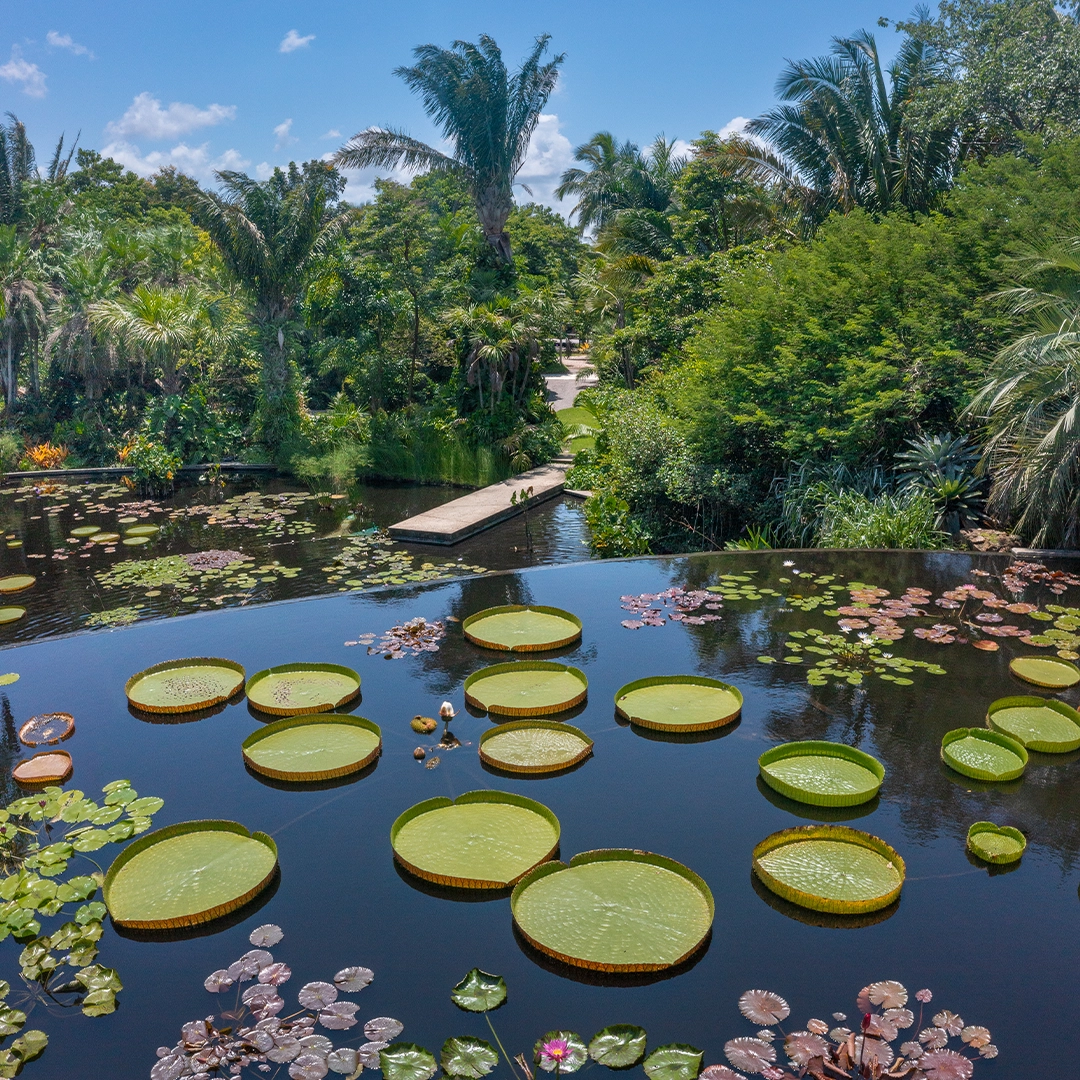by The Editors | September 26, 2024
How the Fish & Wildlife Foundation of Florida Has Saved the Sunshine State
Join the Fish & Wildlife Foundation of Florida as they strengthen the Florida panther population, restore the state's coral reefs and utilize local hunters' harvests to feed the hungry.

The morning sun crests over the Avon Park Air Force Range Sentinel Landscape, a wildlife haven among the prairies and open fields of Central Florida, casting a golden light on a small brown bird taking flight. No bigger than a couple of inches, the mere existence of this little ball of feathers and a beak marks a triumphant milestone for the Fish & Wildlife Foundation of Florida as the 1,000th Florida grasshopper sparrow to be released into the wild from a conservation breeding program. The rescue of this endangered species, along with many other conservation projects, is what the nonprofit citizen support group is known for. Look back on the Fish & Wildlife Foundation of Florida’s past 30 years of success across the state and peer into their plans for the next three decades.

With projects ranging from saving the grasshopper sparrow population to feeding manatees in the Indian River Lagoon 600,000 pounds of lettuce to stopping the invasive Burmese python in the Everglades, the Foundation has worked to conserve the state’s precious wildlife and natural habitats since 1994. The nonprofit collaborates closely with statewide and national organizations to coordinate efforts and allocate grant-based funding to areas in need. They not only protect the well-being of the state’s native species and their environments but also aim to improve the lives of Floridians.

Bear Witness
From marshes to meadows, the Foundation is dedicated to conserving wild Florida. When the Florida black bear population rose to a new high in 2001, a remarkable comeback after near extinction, the group came together to address the issue from all angles, funded by one of the Foundation’s specialty license plates. Florida black bears were found foraging for food in residential neighborhoods, ripping into trashcans and even breaking into people’s garages. They also raided farmlands, damaging crops and harming livestock. In order to limit these furry fearsome interactions, the Foundation enlisted biologists to study the density and size of the population, increasing wildlife nuisance personnel and implementing technology like bear-proof trash cans.
Coral Conservation
Landscape restoration happens in the forest and also below the surface of Florida waters, particularly when it comes to Florida’s Coral Reef. Essential to our oceans, coral reefs provide homes for 25 percent of nautical life like fish, crustaceans and mollusks and protect Florida’s shores from offshore current patterns and hurricane-related erosion. Most importantly, coral reef systems produce oxygen and help regulate carbon dioxide in the water. The Foundation has played a significant role in restoring a 360-mile stretch of critical marine habitat from Martin County to the Dry Tortugas in the Keys. To that end, they launched programs to decrease the population of lionfish, a harmful invasive species, study the benefits of spiny lobster populations and propagate and nurture stony corals via the Florida Coral Rescue Center in Orlando.

Beyond the Hunt
The Foundation also aims to enrich the lives of the people who call the Sunshine State home. After the COVID-19 pandemic, communities felt the heavy impact of surging food prices. The Foundation orchestrated relief from Florida Hunters for the Hungry, in which outdoorsmen donated a portion of their harvest to food pantries across the state. Since 2019, the organization has donated more than 29,000 pounds of food to these communities.
Soaring Higher

Most recently, the Fish & Wildlife Foundation of Florida has set its sights on strengthening the Florida panther population, protecting the Florida Wildlife Corridor—nearly 18 million acres of connecting land providing habitats and pathways for the state’s wildlife—and funding scholarships for children from economically disadvantaged households to experience the outdoors by studying marine ecosystems in Tampa Bay or learning archery in Bartow. For 30 years, the Foundation has united citizens to uplift underserved communities, combat invasive species and safeguard Florida’s greatest asset: its wildlife. Like the resilient species they protect, the Fish & Wildlife Foundation of Florida continues to grow and adapt, ensuring that state’s natural heritage thrives for generations to come.
For more information and ways to help, please visit wildlifeflorida.org.





